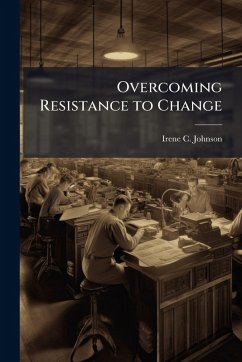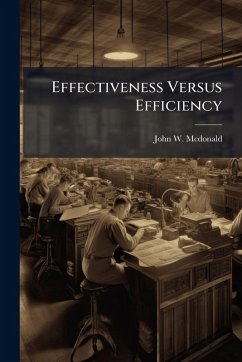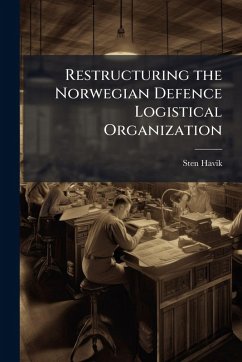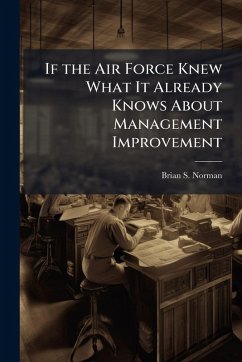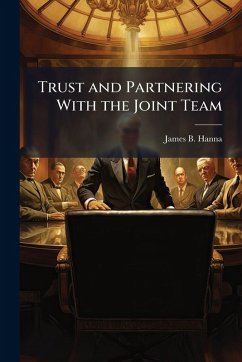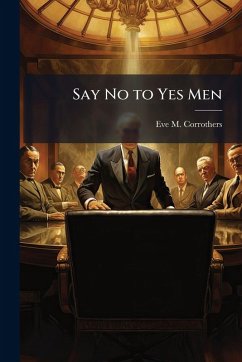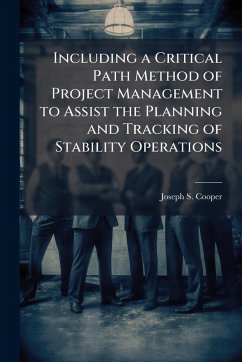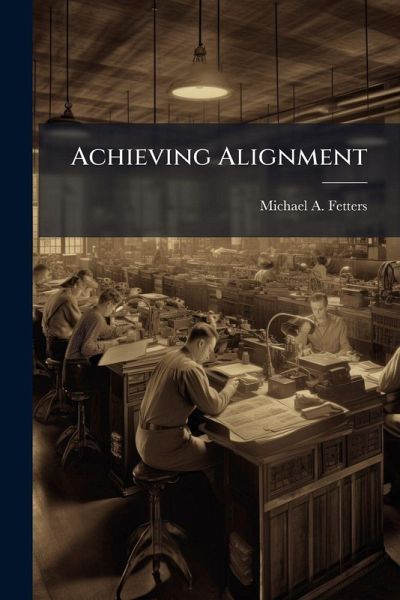
Achieving Alignment

PAYBACK Punkte
8 °P sammeln!
This research uncovers areas of best practices that support achieving alignment between an organization's Information Technology (IT) and its business processes. One principal finding of this effort revealed that the means used to achieve alignment exists within the effective application of Enterprise Architecture (EA), a common practice found throughout the Federal Government, Department of Defense, and the Air Force. EA is the tool used to achieve alignment; likewise, the reason for developing architecture is to achieve alignment of IT investments and mission objectives. This research groups...
This research uncovers areas of best practices that support achieving alignment between an organization's Information Technology (IT) and its business processes. One principal finding of this effort revealed that the means used to achieve alignment exists within the effective application of Enterprise Architecture (EA), a common practice found throughout the Federal Government, Department of Defense, and the Air Force. EA is the tool used to achieve alignment; likewise, the reason for developing architecture is to achieve alignment of IT investments and mission objectives. This research groups the best practices into vision, identification, framework, and governance. Interestingly, these practices relate to an Enterprise Architecture's depiction of the to be target state, the as is baseline, the tools and models used for communication, and the motivation and management of the transition plan. The insights achieved by this research should strengthen the use of Enterprise Architecture within the Air Force by enabling senior leaders and decision makers to align strategy and IT investment towards improving mission accomplishment. This work has been selected by scholars as being culturally important, and is part of the knowledge base of civilization as we know it. This work was reproduced from the original artifact, and remains as true to the original work as possible. Therefore, you will see the original copyright references, library stamps (as most of these works have been housed in our most important libraries around the world), and other notations in the work. This work is in the public domain in the United States of America, and possibly other nations. Within the United States, you may freely copy and distribute this work, as no entity (individual or corporate) has a copyright on the body of the work. As a reproduction of a historical artifact, this work may contain missing or blurred pages, poor pictures, errant marks, etc. Scholars believe, and we concur, that this work is important enough to be preserved, reproduced, and made generally available to the public. We appreciate your support of the preservation process, and thank you for being an important part of keeping this knowledge alive and relevant.



